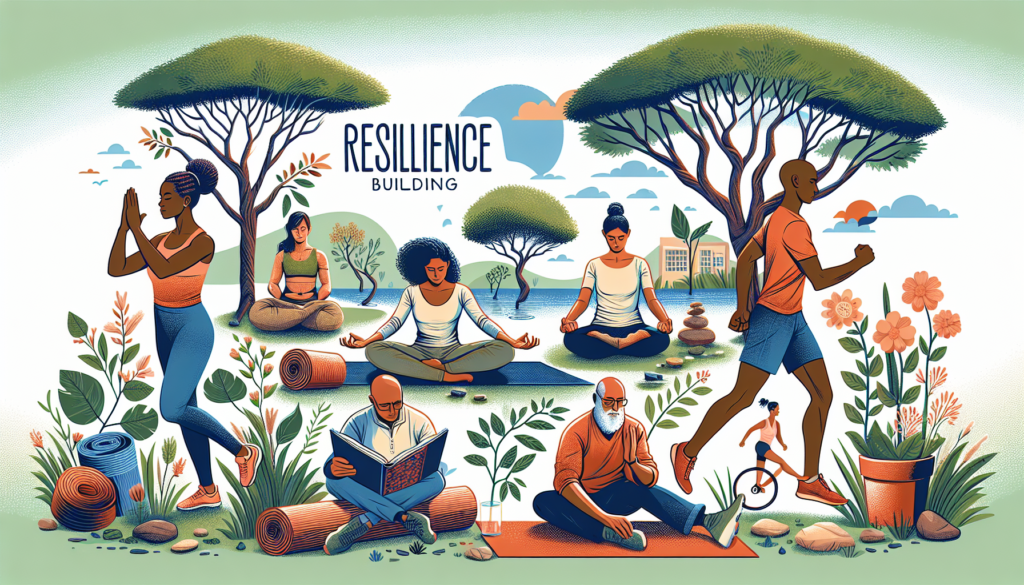Effective Communication in Relationships: The Key to Lasting Connection
Communication is the cornerstone of any successful relationship. Whether it’s a romantic partnership, a friendship, or a professional collaboration, effective communication plays a crucial role in fostering understanding, trust, and intimacy. In this article, we will delve into the intricacies of communication in relationships, exploring its various dimensions, providing practical tips, and highlighting the importance of open and honest dialogue.
The Power of Words: How Communication Shapes Relationships
Words have the power to build bridges or walls in relationships. The way we communicate with our partners, friends, and colleagues can either strengthen the bond between us or create distance and misunderstanding. Effective communication involves not only expressing our thoughts and feelings clearly but also listening actively and empathetically to others. When we feel heard and understood, we are more likely to feel connected and supported in our relationships.
For example, consider a couple who are going through a rough patch in their relationship. Instead of blaming each other and engaging in heated arguments, they decide to sit down and have a calm and honest conversation. By expressing their emotions, needs, and concerns in a respectful manner, they are able to find common ground, mend their differences, and rebuild trust. This demonstrates the transformative power of effective communication in resolving conflicts and deepening emotional intimacy.
The Role of Nonverbal Communication in Relationships
Communication is not just about the words we speak; it also encompasses our nonverbal cues such as body language, facial expressions, and tone of voice. In fact, research has shown that nonverbal communication plays a significant role in conveying emotions and intentions in relationships. For instance, a warm smile, a gentle touch, or a nod of understanding can communicate empathy and support more effectively than words alone.
On the other hand, negative nonverbal cues such as crossed arms, eye-rolling, or a dismissive tone can signal defensiveness, contempt, or lack of interest, creating barriers to healthy communication. By being mindful of our nonverbal signals and aligning them with our verbal messages, we can enhance the clarity and authenticity of our communication, fostering deeper connections with others.
Building Trust Through Transparent Communication
Trust is the foundation of any strong relationship. Without trust, communication becomes strained, and conflicts are more likely to escalate. Transparent communication involves being honest, open, and vulnerable with our partners, even when it feels uncomfortable or challenging. By sharing our thoughts, feelings, and experiences openly, we demonstrate our trustworthiness and invite others to do the same.
For example, imagine a scenario where a colleague makes a mistake that impacts a crucial project. Instead of covering up the error or blaming someone else, they take responsibility and communicate honestly with their team about what happened. By owning up to their mistake and seeking solutions collaboratively, they not only demonstrate integrity but also build trust and respect among their peers. This exemplifies the power of transparent communication in fostering a positive and supportive work environment.
Active Listening: The Key to Understanding and Connection
Effective communication is not just about speaking; it also involves active listening. Active listening is a skill that requires us to focus on the speaker, understand their perspective, and respond thoughtfully to what they are saying. By showing genuine interest and empathy towards the speaker, we create a safe space for them to express themselves authentically and feel heard and valued.
One common misconception about communication is that it is solely about getting our point across. However, true communication is a two-way street that involves both speaking and listening. By actively listening to our partners, friends, or colleagues, we can gain valuable insights into their thoughts, feelings, and needs, paving the way for deeper understanding and connection in our relationships.
Overcoming Communication Barriers in Relationships
Communication barriers can arise in any relationship, hindering the free flow of dialogue and understanding between individuals. These barriers can take many forms, such as misunderstandings, assumptions, cultural differences, or emotional triggers. By identifying and addressing these barriers proactively, we can create a more open and harmonious communication environment in our relationships.
For example, consider a couple who come from different cultural backgrounds and have contrasting communication styles. Instead of viewing their differences as obstacles, they choose to learn from each other and adapt their communication patterns to accommodate each other’s needs. By embracing diversity and practicing empathy, they are able to overcome cultural barriers and strengthen their connection through open and respectful communication.
Expert Opinions on Effective Communication in Relationships
According to renowned relationship expert Dr. John Gottman, effective communication is the foundation of a healthy and thriving relationship. In his research on couples, Dr. Gottman has identified key communication patterns that predict the success or failure of a relationship, such as criticism, defensiveness, contempt, and stonewalling. By cultivating positive communication habits such as active listening, validation, and empathy, couples can build stronger and more resilient relationships.
Similarly, psychologist Dr. Marshall Rosenberg developed the concept of Nonviolent Communication (NVC) as a way to promote empathy, authenticity, and connection in relationships. NVC emphasizes the importance of expressing feelings and needs honestly, listening with empathy, and seeking mutually satisfying solutions to conflicts. By practicing NVC principles, individuals can create a more compassionate and harmonious communication dynamic with their partners, friends, and colleagues.
Conclusion
To wrap things up, effective communication is the bedrock of any successful relationship. By honing our communication skills, cultivating empathy, and fostering trust and transparency, we can deepen our connections with others and build more fulfilling and harmonious relationships. Remember, communication is not just about words; it’s about listening, understanding, and respecting each other’s perspectives. By practicing active listening, being mindful of our nonverbal cues, and addressing communication barriers proactively, we can create a more open, honest, and loving communication environment in our relationships. So, let’s commit to communicating with compassion, authenticity, and respect, and watch our relationships thrive and flourish.


